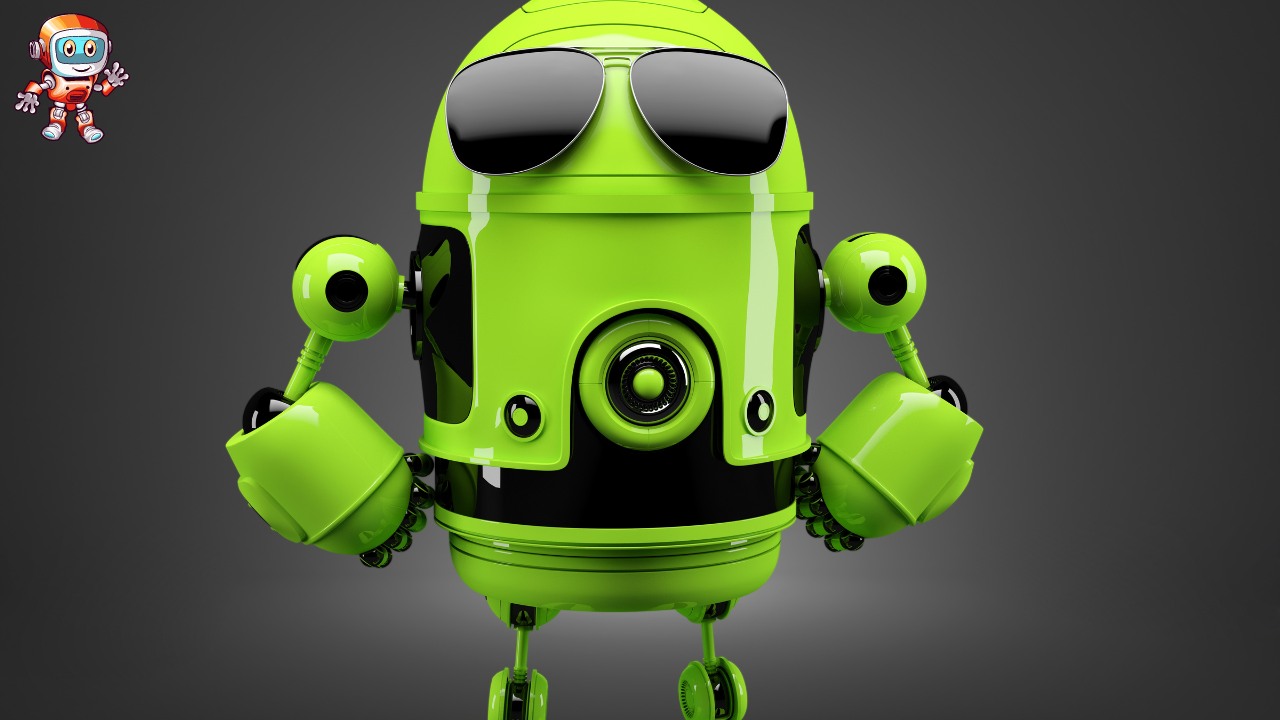E-readers have revolutionized how we consume literature, offering a portable and convenient way to carry entire libraries in your pocket. But with various models boasting different features and functionalities, choosing the right one can feel overwhelming. Fear not, fellow bibliophile! This guide will equip you with the knowledge needed to pick the perfect e-reader companion for your reading journey.
Know Your Needs:
Before diving into specific features, take a moment to consider your reading habits and preferences.
- What kind of books do you read? Do you primarily stick to text-heavy novels, or are you interested in e-readers that can handle graphic novels, comics, or textbooks with complex layouts and images?
- How important is portability? If you prioritize a lightweight device for easy carrying, a smaller screen e-reader might be ideal.
- Do you need extra features? Consider if you want built-in dictionary access, audiobook capabilities, or extensive font customization options.
Screen Size and Technology:
E-readers typically come in screen sizes ranging from 6 to 10 inches. While larger screens offer a more immersive reading experience, they can be bulkier and less portable. E-readers utilize e-ink technology, which mimics the look and feel of traditional paper, reducing eye strain compared to conventional tablets. Look for displays with higher resolutions for sharper text and clearer images.
Battery Life:
E-readers are known for their exceptional battery life, often lasting weeks on a single charge. However, factors like screen size, backlight usage, and Wi-Fi connectivity can influence battery life. Consider your typical reading habits and choose an e-reader with a battery life that comfortably accommodates your needs.
Storage Capacity:
Most e-readers offer enough storage to hold thousands of ebooks. However, if you plan to store a large collection or intend to download audiobooks, opt for a device with ample storage space or expandable memory options.
Ecosystem and Connectivity:
Consider the e-reader’s compatibility with your preferred ebook store and library borrowing services. Some e-readers have built-in access to specific stores, while others offer more open ecosystems, allowing you to sideload ebooks from various sources. Wi-Fi connectivity allows for ebook downloads and software updates, but isn’t crucial if you primarily rely on pre-downloaded content.
Additional Features:
Several e-readers offer bonus features like built-in dictionaries, note-taking capabilities, and integrated audiobooks. While these can enhance your reading experience, they also contribute to the overall price. Evaluate which features are most important to you and prioritize accordingly.
Price:
E-readers range in price from budget-friendly options to feature-packed premium models. Determine your budget beforehand and choose an e-reader that offers the most value for your needs and desired features.
Before You Buy:
It’s always wise to do your research and read reviews from trusted sources. Additionally, consider visiting a physical store to hold different e-readers and experience their screen quality and form factor firsthand.
By following these steps and carefully considering your reading preferences, you’ll be well on your way to finding the perfect e-reader to embark on countless literary adventures. Happy reading!
















